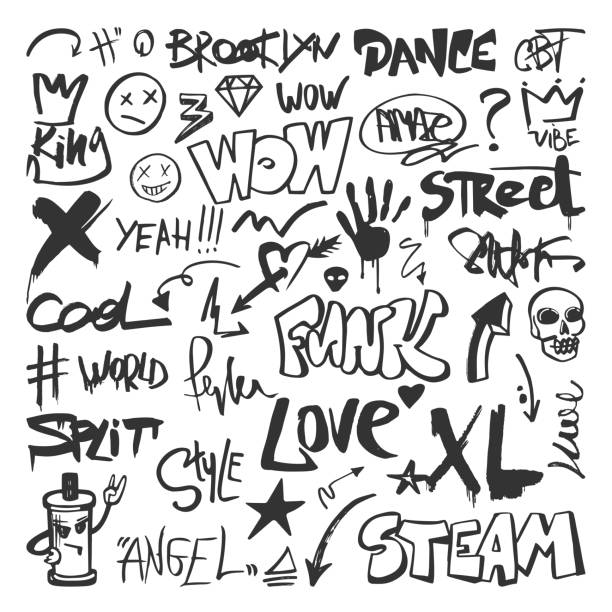Image


Explore current knowledge, attitudes and values whilst assessing prior knowledge.
These teaching strategies help students to:
Before (agree or disagree) | Statement | After (agree or disagree) |
|---|---|---|
| Drinking alcohol or taking drugs increases your risk of engaging in risky sexual behaviour. | ||
| Using two condoms at once doubles your level of STI protection. | ||
| Abstinence is the only method of contraception that is 100% effective. | ||
| The media influences the way I feel about having sex. |





Variation: True/false

Compare and contrast with class.
Using a picture to pose questions and focus a group discussion.
